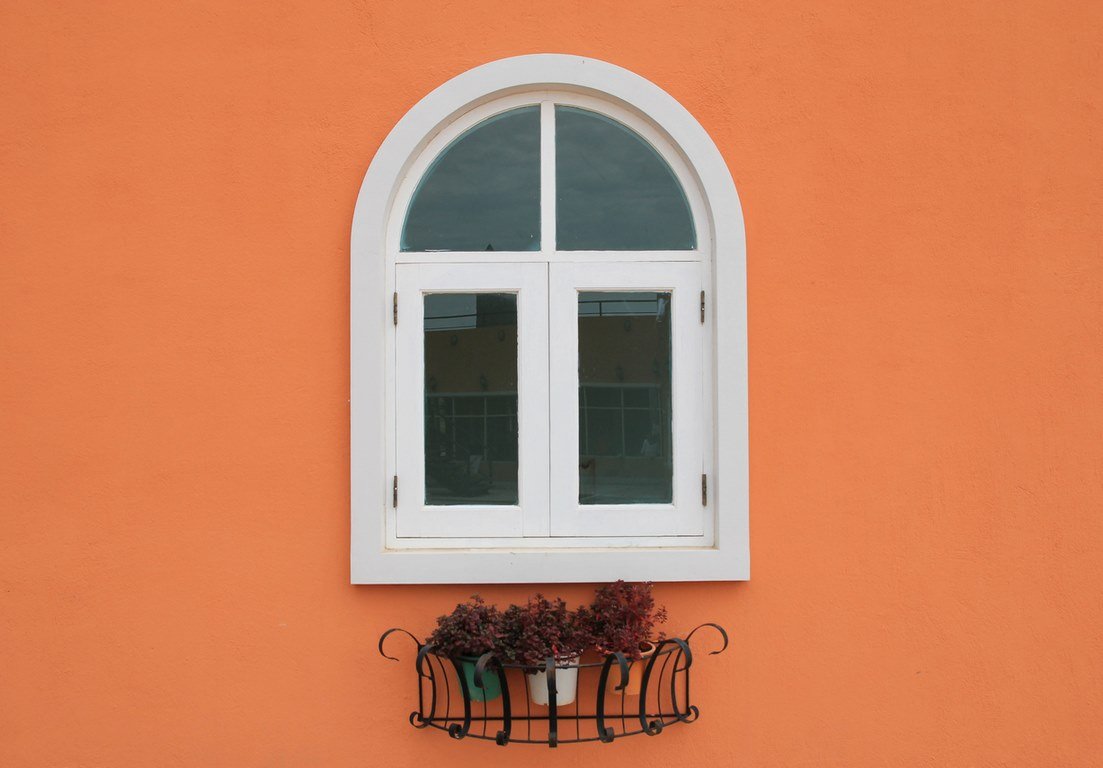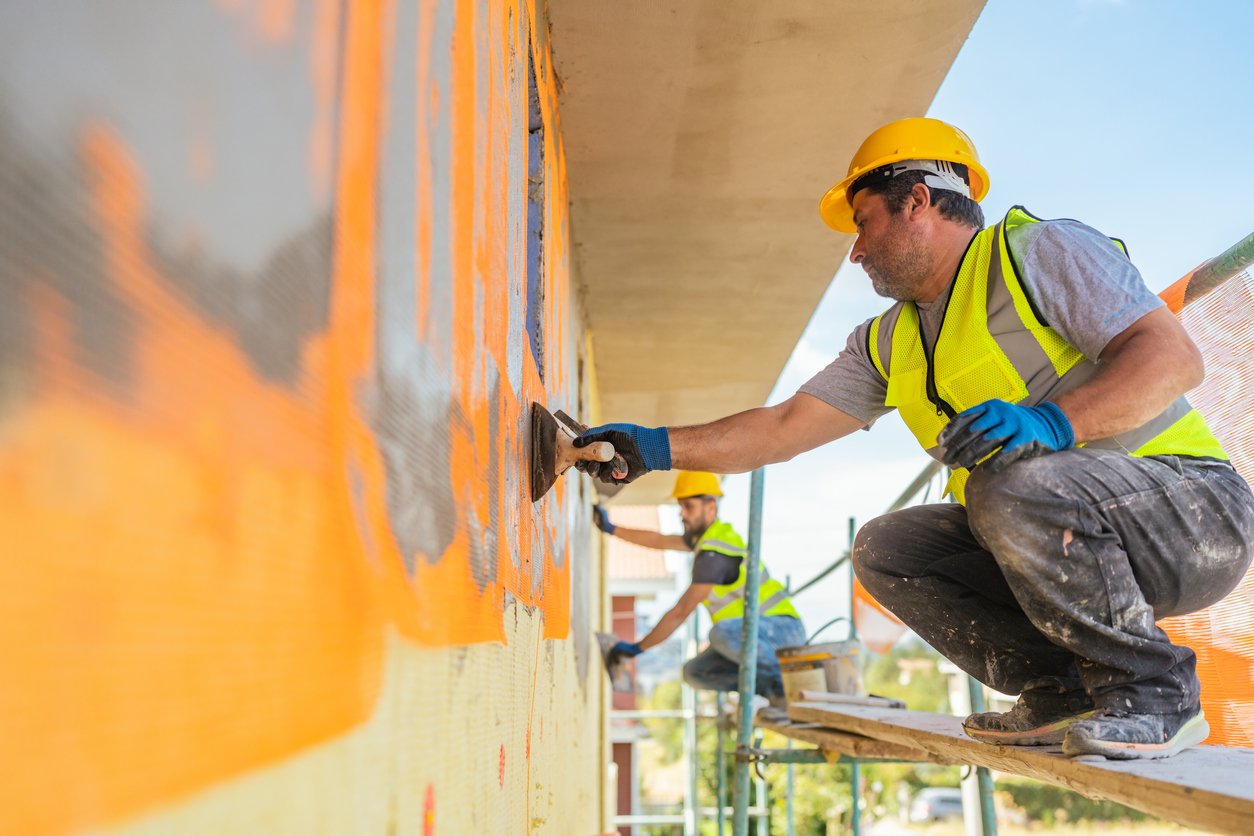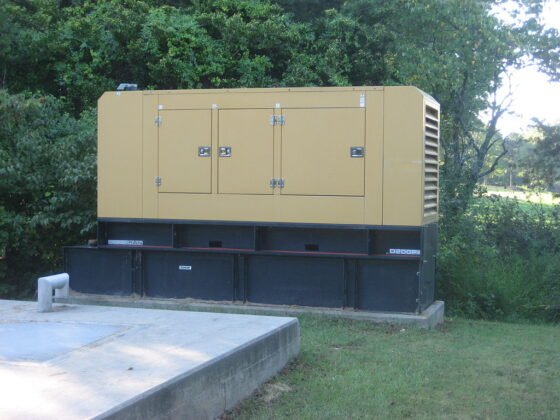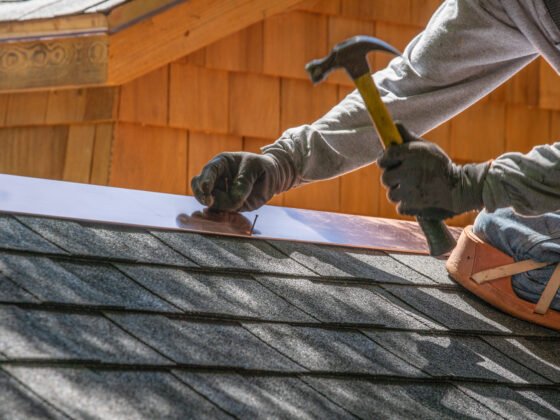Table of Contents Show
Stucco is a type of exterior coating that is applied to cement, brick, or stone. The main advantage of stucco is it’s a durable substance that protects your home from weathering and is a good insulator.
Even though stucco is durable, some issues can occur due to weathering. For example, if it’s been a while since you last applied a coat of paint, your stucco good end up looking flakey, therefore decreasing your homes’ curb appeal and value.
If you’re unsure of when you should next paint your stucco, the following are the reasons why you should find a stucco painting company like Magnum Stucco.

When It is Damp
Stucco, although a very durable material, is not immune to humidity. If you can feel the coolness of your stucco walls in certain areas – notably where they meet the foundation – it’s an indication that moisture is seeping through either a crack or a hole somewhere.
This means that the stucco panels are no longer water repellent, and repainting should be carried out as soon as possible.
When the Paint is Blistering or Cracking
This symptom indicates that the stucco paint has been compromised by moisture from within. Therefore what you’re looking at here is the surface rusting of the metal lathe behind the stucco. Water can also damage the plaster itself if it is too alkaline for the material to handle.
What you should do in this instance is scrape away all loose paint, treat any exposed metal lathe with rust-inhibitor primer. Repaint the surface either with oil or silicone-based elastomeric paint that will seal up all potential air leaks.
Read Also:
When the Surface is Discoloured
If your stucco painting has turned a strange hue of brownish-orange, there may be algae on your home’s exterior walls, as well as a lack of proper ventilation through gaps and holes at ground level.
Discoloration may well indicate that “organically bound iron” from within the structure is coming through the stucco and is oxidizing. This will not only leave unsightly stains but can also cause surface flaking, which will need to be scraped away before repainting takes place.
When the Oil Paint has Blistered
Suppose your paintwork has started blistering or peeling in certain areas. In that case, there are usually two possible culprits at work here: high humidity levels combined with cool temperatures or an excess of oil in the original mix that did not dry properly, owing to poor ventilation when being applied.
The moisture trapped beneath these blisters can cause them to rot right off the wall if you don’t take action. So scrape away all loose material and treat any remaining rust either by coating it with primer paint or sealing it up with an oil-based elastomeric coating.
When the Texture is Flaking Off
Older stucco walls may flake off in patches or large chunks, which is often caused by moisture getting through the exterior surface and causing the material to expand before cracking away (which can be due to high humidity levels combined with cold temperatures).
Repainting will mean applying a base coat of sealant that will kill all bacteria and fungi before applying your final color coats. Notice that only small patches are peeling rather than more significant areas.
It may simply be down to faulty preparation (i.e., poor quality system installation) rather than too much invading the wall assembly after installation.
When You Want to Change the Colour
Stucco is one of the longest-lasting exterior materials available since stucco walls are usually plastered with natural or synthetic binders that do not contain any cellulose (which can eventually rot).
This is especially true if you want to go for a radically different color scheme. Repainting your exterior walls should always be carried out in summer or early autumn, never at other times of the year when humidity levels are high!
They will need fewer coats than you would apply to a wall that requires three separate layers before painting (base coat, finish coat, and primer paint).
When Varnish has Blistered or Flaked Off?
One of the reasons why old stucco homes look so impressive is because they almost always have varnished window sills and door frames, which give these surfaces a great deal more protection than they would typically receive if left untreated.
Suppose you notice that all this has started to come away in tiny bits. In that case, it’s most likely due to humidity levels becoming too familiar with frigid temperatures at some point during the winter months.
The cure here is simple: scrape away any loose material and apply new coats of varnish. There are plenty of excellent brands on the market that will adhere well without losing their sheen or clarity for years on end.
When It Gets Wet and Stays Wet for At Least Three Days
If you live in a region that experiences heavy rainfall now and then, this shouldn’t prove to be too difficult of a task.
Even if your exterior walls were initially constructed to the exacting standards, allowing for natural evaporation via slight ground-level gaps, they could still grow damp over time.
This will cause stucco to begin deteriorating very quickly indeed! If it is left untreated, moisture can eventually destroy something as vital as concrete wall blocks. Fix up any leaks or fill these gaps with an elastomeric sealant.
When the Previous Sheen has Flaked or Been Abraded Off
If you notice that most of your stucco’s original sheen has disappeared or been covered in tiny, scuffed-off areas, it is time to repaint!
Even if you have a stucco wall that displays no major visual imperfections aside from its faded appearance, most homeowners still choose to repaint on average every four to five years, simply because new colors always make exterior walls look brand new again.
But, if you plan on selling your home in the near future (less than six months), it is probably best to wait until after the closing date before starting this job!
Summary
The benefits of stucco painting are numerous. Stucco is a durable and versatile material that can be painted to suit any style or color palette, so it’s an excellent choice for homeowners looking for something different than the traditional wood siding they may have had in mind.
For those who want their house to stand out with its distinctive facade, stucco painting will ensure your home is never mistaken for anyone else’s.










